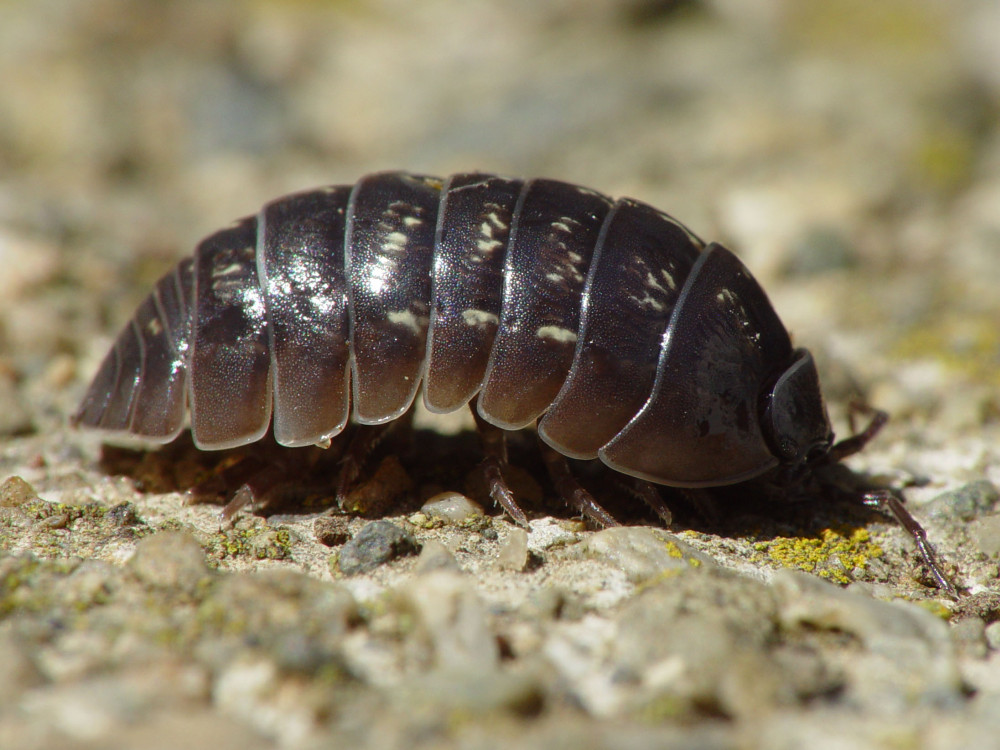The strangest animals on planet Earth
Many live their lives without knowing how interesting our planet is. Many strange creatures are living on Earth that can make life more interesting.
So, the animals that will change the way you think about life on the planet:
- Japanese giant salamander.

She belongs to amphibians. It is the largest animal in its class. Its length can reach 170 centimeters and weigh up to 180 kilograms. Life expectancy is quite high, up to 150 years. Like many amphibians, the salamander is not very pleasant to look at.

- Amazonian dolphin.

An interesting fact – this is a river animal that lives in the rivers of Latin America. It is known to be the largest river dolphin. Its length is about 2.5 meters, and its mass is about three centners. The dolphin has a roundish forehead, a curved nose – a beak, and small black eyes.

- Palm Thief.

It is a representative of decapod crustaceans. It lives in the western Pacific Ocean and on the tropical islands of the Indian Ocean. The size of an adult “Palm Thief” can reach 35 centimeters and weighs 4 kilograms. The animal has strong claws, but it cannot split coconuts with them. The representative of crustaceans feeds on already chopped coconuts, the fruits of some plants, and their kind.

- Fish with a transparent head.

The main feature of this fish is the transparency of its head. The fact that the head is transparent helps her to protect the eyes that are inside. This type of fish was discovered in 1939. However, they could not study all its features for a long time since the fish lives at a depth and, when it is lifted, does not tolerate a change in pressure and dies.
- Isopod.

How unpleasant for many people woodlice. Now imagine that the isopod is a woodlouse 31 centimeters long. These animals live in the depths of the sea, about one and a half kilometers from the water’s surface.

- Golden Tiger.

The animal received this name because of its color, which is very similar to gold. These animals are few since this color is associated with a gene that “did not work.”

- Guydak.

A large gastropod mollusk is weighing up to 1.5 kilograms. They live on the west coast of the United States.

- Lamprey.

In almost every biology textbook, a student comes across a picture of lamprey and is horrified. Indeed, an unpleasant sight. The body that resembles a large worm and the suction cup at the end scares people so much. With its help, they stick to large fish and live like that (that is, they are external parasites). Lampreys can be up to 120 centimeters long and weigh up to 3 kilograms.

- Star-nosed.

Mammal of the mole family. It feeds on insects. Outwardly, the star-nosed is very different from others since its stigma consists of 22-25 moving rays, which reminds of the Gorgon (from Greek myths).

- Mud Jumper.

The “Mud Hopper” is a fish, but many believe that it is an amphibian. This impression was formed because it lives in a swampy area; it can be on land and water. Where did the word “jumper” come from in the title? These fish jump, and far enough.

- Fossa.

The only habitat is the island of Madagascar. Nowhere else in Africa, America, or Australia, the fossa is no longer found. On the island of Madagascar, this animal is the largest predator. Body length can reach 80 centimeters. Paws strong, long, thick. The hind legs are longer than the front ones. The tail of the fossa is the same length as the body.

